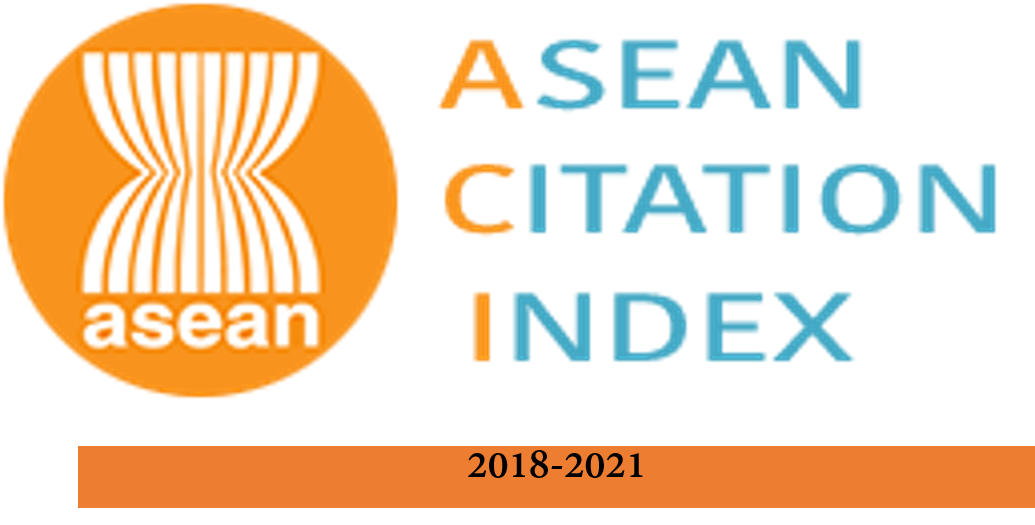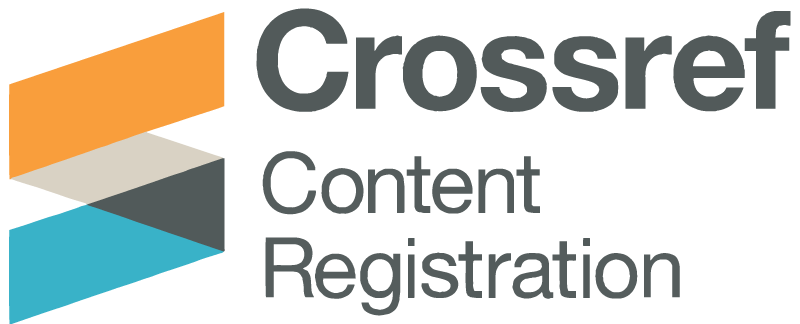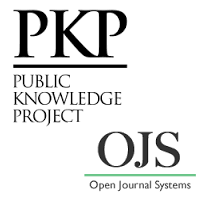Assessing the Impact of Community Extension Initiatives: Insights and Outcomes
Abstract
An integrated extension approach is needed to address multi-faceted community issues effectively (Gonzalez, 2009). This paper assessed the impact of extension projects of Bukidnon State University on the residents at Barangay Can-ayan, Malaybalay City. A descriptive-evaluative method was used. Purposive sampling of 49 participants was employed in the study. Frequency and percentages were used as statistical tool. Results showed that the extension projects have contributed to the partner community especially in enhancing the knowledge and skills of the residents. The participants also believed that they have gained and learned many skills through the extension projects. The need to further improve and enhance the extension projects was identified by majority of the participants to sustainably empower the people in the community. Recommendations to continuously explore on collaborative strategies in the development of a strategic framework for institutional linkages, with particular emphasis on impactful poverty alleviation programs for the socio-economic development of its partner communities was likewise proposed.
Keywords:
community, extension project, effects, influence, need
References
AACCUP. (2014). Master survey instrument. Outcomes-based program accreditation survey instrument. The Accrediting Agency of Chartered Colleges and Universities in the Philippines, Inc., Quezon City.
Abrea, R. R. (2017). Impact of batstateu-college of teacher education socio-economic extension services to badjao community in Libjo, Batangas City. International Journal of Innovation and Research in Educational Sciences, 4(2), 209-17.
Aguirre, D. O. (2013). The role of the academe in social development. A research presented during the roll-out training on external convergence.
CHED Memorandum Order No. 08 S. 2008. Guidelines for the CHED outstanding extension program award. Commission on Higher Education, DAP Building, San Miguel Ave., Ortigas Center, Pasig City.
Corpus, M. T. (2013). Training notes for the senior accreditors training for advanced accredited programs (Levels III and IV).
Dilao, A. B. (n.d.). Impact of community extension program on the residents of Barangay Catadman-Manabay. Retrieved from http://www.local.lsu.edu.ph/institutional_research_office/publications/vol.15no.6/6.html
Fitzgerald, H. E., Bruns, K., Sonka, S., Furco, A., & Swanson, L. (2012). The centrality of engagement in higher education. Journal of Higher Education Outreach and Engagement, 16(3), 7-28.
Gonzales, A. C. (2008). Perception of college faculty towards community extension, 13(2).
Gonzales, A. C., & Maghamil, C. W. (2009). Impact of community extension program on LSU faculty.
Joint Circular No. 1, s. 2016. (2016, April 13). Leveling instrument for SUCs and guidelines for the implementation thereof. Commission on Higher Education (CHED) and Department of Budget and Management (DBM).
Riedy, C. (2016, September). The role of academia in advancing sustainability. http://chrisriedy.me/2012/07/20/the-role-of-academia-in-advancing-sustainability/
Republic Act (RA) 7722. (1994). Higher Education Act of 1994. An act creating the Commission on Higher Education, appropriating funds therefore and for other purposes.
Suvedi, M., & Kaplowitz, M. (2016). Core competency handbook for extension staff. Modernizing Extension and Advisory Services Project (MEAS). http://www.meas-extension.org/meas-offers/training
Abrea, R. R. (2017). Impact of batstateu-college of teacher education socio-economic extension services to badjao community in Libjo, Batangas City. International Journal of Innovation and Research in Educational Sciences, 4(2), 209-17.
Aguirre, D. O. (2013). The role of the academe in social development. A research presented during the roll-out training on external convergence.
CHED Memorandum Order No. 08 S. 2008. Guidelines for the CHED outstanding extension program award. Commission on Higher Education, DAP Building, San Miguel Ave., Ortigas Center, Pasig City.
Corpus, M. T. (2013). Training notes for the senior accreditors training for advanced accredited programs (Levels III and IV).
Dilao, A. B. (n.d.). Impact of community extension program on the residents of Barangay Catadman-Manabay. Retrieved from http://www.local.lsu.edu.ph/institutional_research_office/publications/vol.15no.6/6.html
Fitzgerald, H. E., Bruns, K., Sonka, S., Furco, A., & Swanson, L. (2012). The centrality of engagement in higher education. Journal of Higher Education Outreach and Engagement, 16(3), 7-28.
Gonzales, A. C. (2008). Perception of college faculty towards community extension, 13(2).
Gonzales, A. C., & Maghamil, C. W. (2009). Impact of community extension program on LSU faculty.
Joint Circular No. 1, s. 2016. (2016, April 13). Leveling instrument for SUCs and guidelines for the implementation thereof. Commission on Higher Education (CHED) and Department of Budget and Management (DBM).
Riedy, C. (2016, September). The role of academia in advancing sustainability. http://chrisriedy.me/2012/07/20/the-role-of-academia-in-advancing-sustainability/
Republic Act (RA) 7722. (1994). Higher Education Act of 1994. An act creating the Commission on Higher Education, appropriating funds therefore and for other purposes.
Suvedi, M., & Kaplowitz, M. (2016). Core competency handbook for extension staff. Modernizing Extension and Advisory Services Project (MEAS). http://www.meas-extension.org/meas-offers/training
Published
2023-12-29
Section
Articles
Copyright (c) 2023 Asia Pacific Journal of Social and Behavioral Sciences
Copyright holder is the Bukidnon State University.
How to Cite
Paulican, Jiemalyn B. and Helen P. Garcia. Assessing the Impact of Community Extension Initiatives: Insights and Outcomes. Asia Pacific Journal of Social and Behavioral Sciences, 21 (2023): 43-54.
Paulican, J. B., & Garcia, H. P. (2023). Assessing the Impact of Community Extension Initiatives: Insights and Outcomes. Asia Pacific Journal of Social and Behavioral Sciences, 21.










